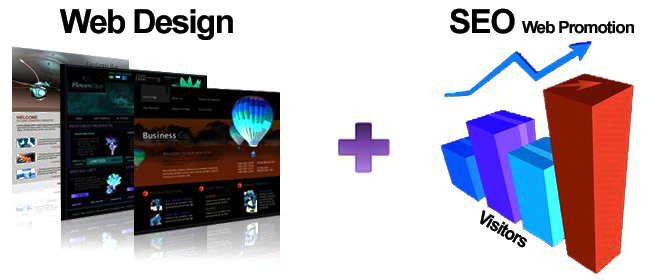SEO is a world of constant change. The techniques that were once used extensively to improve rankings are now outdated. And all this happens at a frenetic pace. It is an undeniable fact that search rankings are now the biggest influencers of your business popularity.
You will get desirable return on investments(ROI) only if your website gets visitors, as it leads to increase in sales. Failing to get visitors will tame your chances of increasing profits and cementing your position in the market.
But there’s some good news!
There are some tactics that can effectively lead to increased search friendliness and higher visibility. The techniques have a common agenda, which is to make sure that your site appears in the top of the search results. These 5 techniques will surely assist you in designing web pages that look good great and rank high.
- URL needs to be in sync with SEO
URL needs to be SEO-friendly. By this we mean to say that there should be use of relevant keywords. The keywords should be either directly linked to your business or relate to it in some way or the other.
The URL must be kept short as much as possible and try separating the terms with hyphens. While doing this make sure that the URL should be able to convey your name and nice to the people.
- Image Optimization
Image on your site can tell a lot about the quality of your work. If the images are hazy it can spoil the user experience. In order to achieve better ranking in the search results, you need to focus on image optimization on your website.
Avoid the use of large images, instead look for images that take less space and prove to be more appropriate to be used. Keep the image size between 30 to 100KB and have a resolution of 72 dots per inch.
Also, large images can increase the loading time of your site and use keywords in graphics, header images, logo images, and buttons whenever you are creating an alt image text.
- Page load TIme
Fast page load time is a crucial need for good user experience. Consumers are busy bees and even if they are not it is a rare possibility that they will wait long enough to see your webpage open.
An average mobile user waits for only five seconds for the page to load and the time is three seconds for the desktop users. In order to increase the speed of loading, you must consider minimizing javascript, enabling compression and using small images.
Another step can be using browser caching, which stores the data of the previously loaded page and makes it really quick to go to that page, as there is no need to load that page again.
- Social Media
We all know the influence that social media has and how it can play a decisive role in ranking. While designing the websites, consider adding the social media buttons for your accounts in Pinterest, Facebook and Twitter etc.
- Navigation must be Quick
Ensure that the navigation is not difficult. While designing the website, give users let your users easily navigate from one page to another, so that they can easily locate the things that they are searching for. Place the navigation bar either along the left margin or at the top.
Using these tactics, you can make sure that the website is ranking high on search result and leads to increase in profits from your business. Include these five tactics or strategies as a part of your website design plan for your next project or restructuring your existing site.
